Rajasthan’s ‘pink-city’ is much more than its pink-red-tinged architecture and medieval magnificence. This magnificent residence of former royals is steeped in history and significance. Jaipur, India’s first planned city, has a long history of royalty who resided in majestic forts and palaces. But the capital of Rajasthan is known for more than that. The entire city of Jaipur is painted pink, and there’s a wonderful story to go along with it. Here’s everything you need to know about the pink city, being one of India’s most welcoming cities.
Birth Of The City

Source: jaipurmc.org
Jaipur’s history began with the formation of the Jaipur Kingdom, which succeeded the dynamic and rich kingdom of Amber, which is 11 kilometers from Jaipur, was once Maharaja Jai Singh II’s capital. With the expanding population and paucity of water, he felt compelled to relocate his capital city. Jaipur is India’s first planned city, and the King took great care in planning this victorious city. Before laying out Jaipur, he read various books on architecture and architectural tacts.
Maharaja Jai Singh II, commonly known as Sawai Jai Singh, created this vibrant metropolis in 1727. Jaipur is undeniably a well-designed city, as its founder was a well-known mathematician and astronomer. Vidyadhar Bhattacharya was a Bengali Brahmin scholar who helped Sawai Jai Singh plan the city’s layout. The completion of major locations, highways, and squares took four years, and each was built using Vastu Shastra procedures.
Power Struggles In Jaipur
Even though Jaipur battled to gain power, it remained a royal kingdom until 1948. Jaipur’s past is littered with tales of internal power struggles in the Pink City. Despite the fact that it had lost the Battle of Patan to the Marathas in 1790, it had enough resources to keep its patronage. Even though Jai Singh was concerned about the city’s security, he concentrated on his scientific and cultural interests in order to create a beautiful place. Following Sawai Jai Singh was Ishwari Singh, who was followed by many Kachwaha dynasty monarchs. On April 7, 1949, Jaipur joined the Indian Union and now Sawai Padmanabh Singh and his royal family currently reside in Jaipur’s City Palace.
Why Pink City?
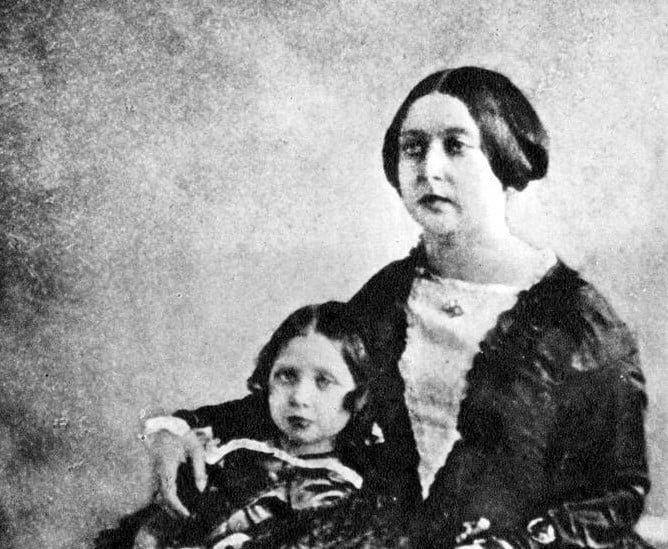
After the death of Jai Singh in 1722, Jaipur’s authority began to wane. Unworthy princes and kings were unable to protect the region, and large swaths of land were lost to other kingdoms. Jaipur signed a pact with the British in 1818, allowing the monarch to retain authority of the region while being supervised by the British. When the Prince of Wales and Queen Victoria visited India in the 19th century, Jaipur was completely under British rule. To welcome the king, the administration of Jaipur ordered that important buildings be painted pink. Pink is the color of hospitality, therefore Maharaja Ram Singh had the city saturated in it to bring to life the meaning of the welcoming words, “Padharo Mhare Desh.”
Because the law remained in effect, those structures are still pink today, earning Jaipur the nickname “Pink City.” Perhaps the decision hasn’t been challenged because the city’s residents recognize the law’s historical significance. With the exception of a few structures, the entire city is painted in the color of hospitality and greets visitors and guests with open arms.
History Of Jaipur Resonates In The Form Of Ancient Monuments
Every wall you see in the city will make you envious of Jaipur’s architectural splendor. Each of the monuments listed below has succeeded in retaining its life and individuality to this day and contributes significantly to Jaipur’s history.
Hawa Mahal

The Hawa Mahal, also known as the Palace of Winds, exemplifies mental and aesthetic brilliance. Maharaja Sawai Pratap Singh, who was famed for his intelligence, designed it. The Royal Families followed the Purdah System, which prohibited females from interacting with strangers. As a result, the Hawa Mahal was erected to keep the women of Royal Families connected to the outside world. Through the windows, they were able to observe a variety of processions and activities. Maharaja Sawai Pratap Singh took a step towards the social upliftment of women in the form of the construction of this heritage building.
Amer Fort

Prior to Jaipur, Amer served as the state’s capital. The Fort was established by Raja Man Singh in 967 CE and is the birthplace of Princess of Amber, Jodha Bai. The Fort’s construction, repair, and enlargement took between 100 and 150 years to complete. The Amer Fort was constructed of red sandstone and marble, and the Maotha Lake adds to its allure. From the 11th to the 16th centuries, Amer was known as Dhundar, and it was ruled by the Kachhwahas until the capital was shifted from here to Jaipur. This fort was afterwards expanded and repaired by Raja Jai Sigh I. While many old structures have been demolished or replaced by other constructions, this fort has endured the test of time and invasions.
Nahargarh Fort

In 1734, Maharaja Jai Singh II built Nahargarh Fort, which means ‘An Abode to Tigers’. Its construction techniques are based on Indo-European architecture. The palace was originally built as a place of escape, but later centuries saw the Fort witness key treaties with the Marathas. Moreover, during the 1857 Indian Mutiny, Sawai Ram Singh relocated the Europeans and the British Resident’s wife to this Fort in order to shelter them from the disturbances outside.
Jaigarh Fort
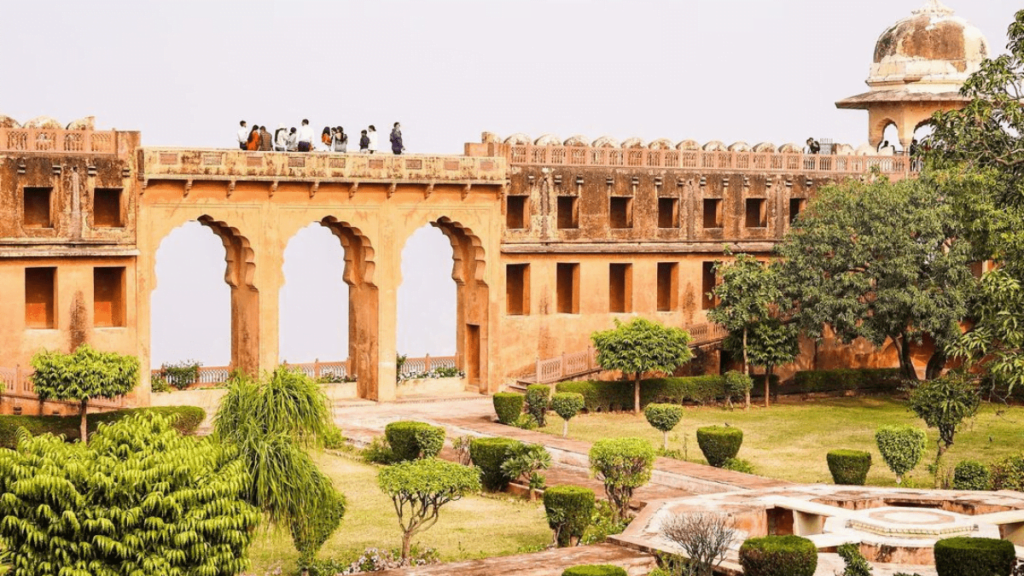
The limitless walls of this fort can easily be seen from anywhere in Amber’s city. Sawai Jai Singh created it in 1726 as a defensive construction to protect the Amber Fort. Because of the quantity of iron ore mines in its jurisdiction, the fort was a prominent cannon factory under the Mughal Dynasty. The massive water tank, which held 6 million gallons of water, has rooms beneath it where the booty was hidden. The Jaivana cannon, the world’s largest cannon, is also housed in the fort.
Jal Mahal
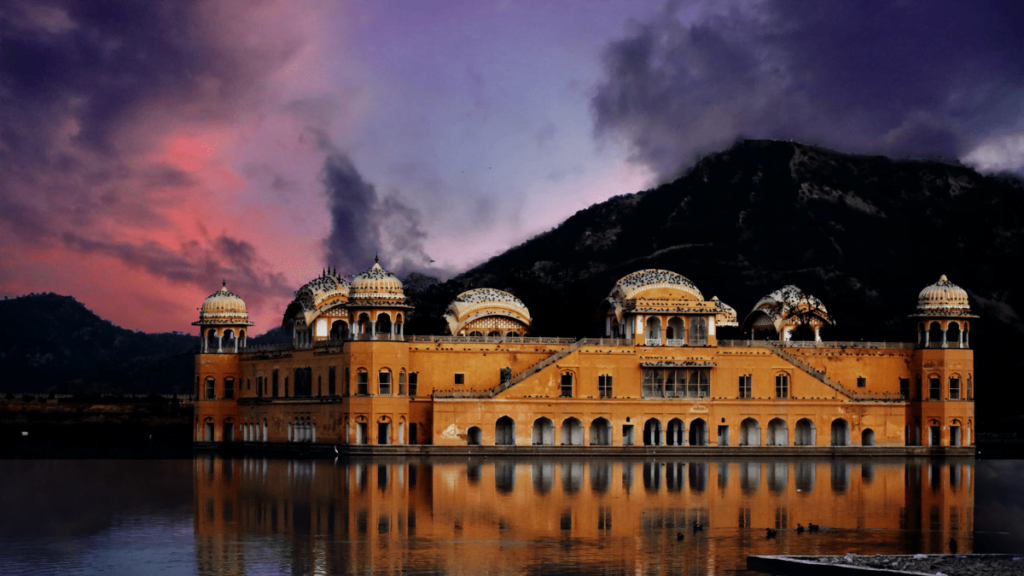
The Water Palace is located in the center of Sagar Lake, far from the hustle and bustle of the city. It served as a hunting lodge for Maharajas in the past. Only the top floor is above water level, despite the fact that it has five floors. When seen at night, it is a delight for the eyes. The Jal Mahal is another fascinating illustration of the city’s rulers’ varied ideas.
City Palace

The City Palace was built between 1729 and 1732 and is now home to the Royal Family of Jaipur. Chandra Mahal and Mubarak Mahal are two of the palace’s most elegant structures. It contains a variety of gardens, courtyards, temples, and other ornately constructed structures. The beautiful City Palace has a geographical influence on one-seventh of Jaipur’s population. Man Singh II was the last Maharaja of Jaipur to rule from the Chandra Palace, as Jaipur was absorbed into the Indian Union after that. In addition, the Palace has become one of the top possibilities for destination weddings in India, not only as a site to witness historical heroism but also as a location to experience historical valor.
Final Words
People in Jaipur appear to understand the importance of conserving their historical zeal. So come to Jaipur for an awe-inspiring experience of its unflinching history, and immerse yourself in the beauty of Jaipur’s past.

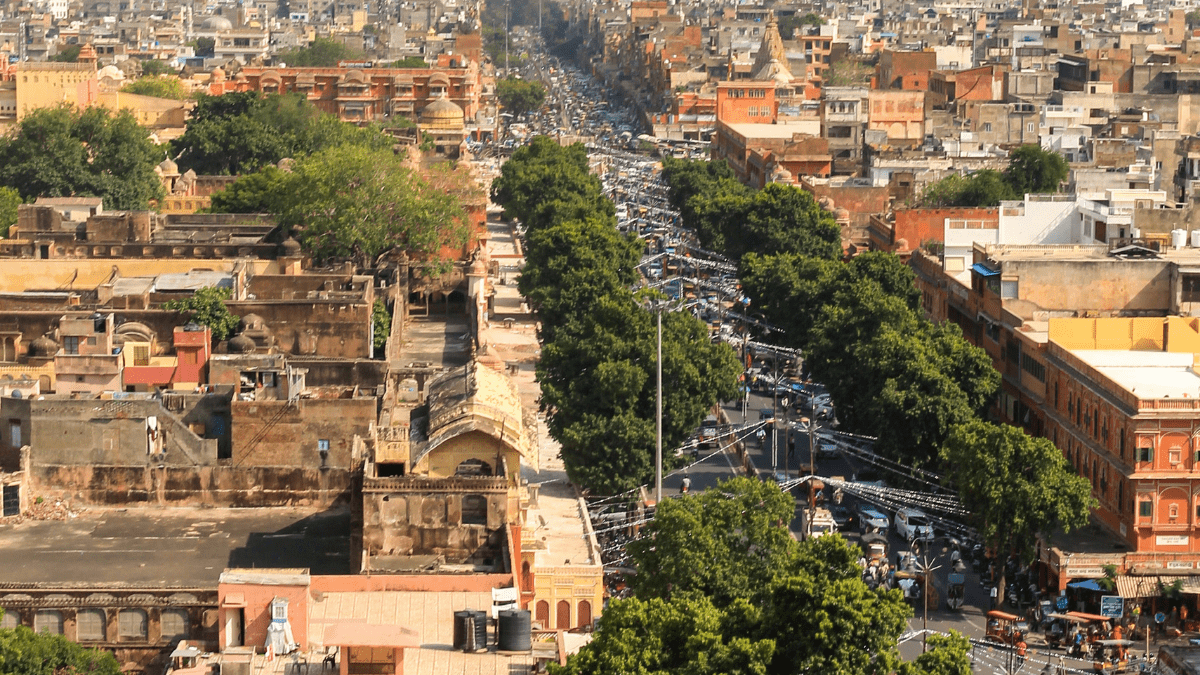

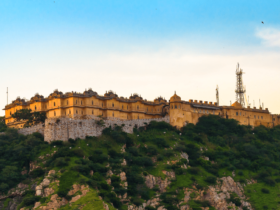
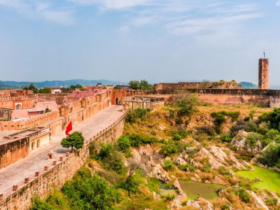
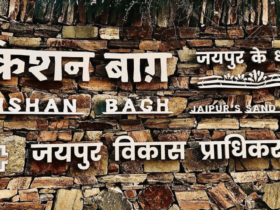
Leave a Reply
View Comments